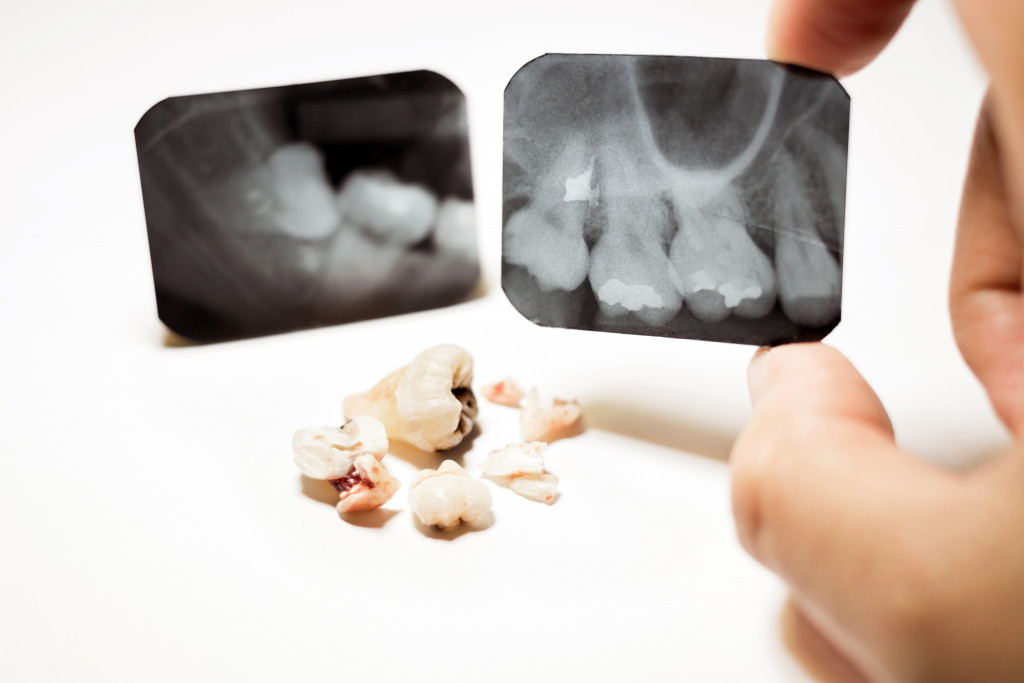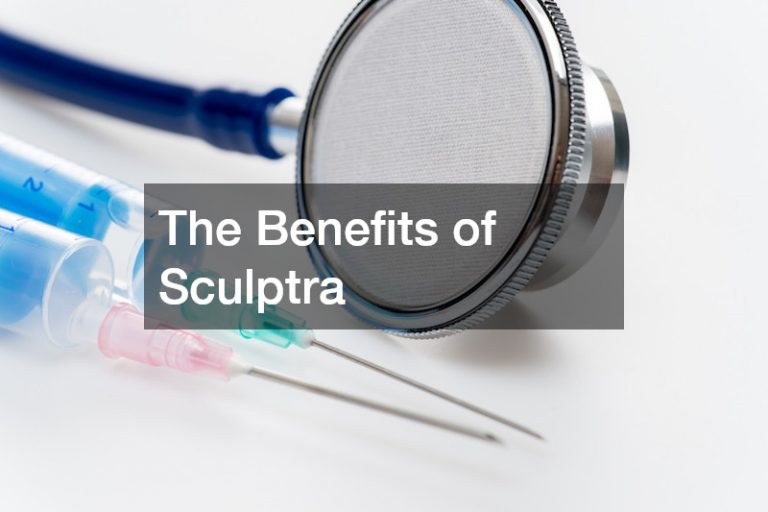- Seek immediate medical attention for any dental trauma caused by an injury.
- Utilize pain management techniques such as rinsing your mouth with warm salt water or taking over-the-counter pain relievers.
- Collect pieces of teeth and keep them moist, if possible.
- Take preventative measures such as wearing a mouthguard.
- Consider restorative treatments such as dental implants, bridges, crowns, or veneers.
When it comes to dealing with dental trauma caused by an injury, the earlier you act, the better. Despite how painful and uncomfortable such a situation can be, taking the right steps will make all the difference in saving your teeth. Here are five tips for dealing with dental trauma caused by injury.
1. Seek Immediate Medical Attention
The first step when dealing with dental trauma caused by an injury is to seek immediate medical attention. Contact a doctor or dentist immediately if you experience any swelling or bleeding of the gums or lips. Even if no visible signs of damage are present, a professional should be consulted to accurately assess any potential damage that may have occurred due to the injury.
2. Utilize Pain Management Techniques
If the dental trauma is causing you pain, there are some immediate steps you can take to manage the discomfort until a professional medical opinion can be sought. Rinsing your mouth with warm salt water or using over-the-counter pain relievers such as ibuprofen and acetaminophen may offer some relief. However, avoid aspirin as this may increase bleeding.
Another option is to apply a cold compress to the affected area. The cold temperature will help reduce inflammation, numbing the pain and reducing swelling. You must not place the ice directly on your skin, which can cause further damage or discomfort. Instead, wrap it in a cloth and hold it against whichever area is causing you pain, leaving it on for at least 15 minutes.
3. Collect Pieces of Teeth

If one or more teeth have been knocked out due to an injury, it is essential to collect any pieces of teeth and rinse them off with clean water before bringing them along for a professional assessment. Avoid touching the tooth’s roots but handle it by the crown, as this will help preserve what remains of the tooth.
If possible, put the pieces of teeth in a cup of milk. This will prevent them from drying out and help keep them viable for reimplantation. If milk is unavailable, keep the pieces moist by wrapping them in a wet cloth or tissue paper.
4. Take Preventative Measures
You can take various measures to prevent further damage or complications from dental trauma caused by an injury. For instance, avoid eating hard foods and not attempt fixing broken teeth alone. Additionally, protect your mouth from any further injuries by wearing a mouthguard when playing sports or engaging in other activities that may put your teeth at risk of being damaged again.
5. Consider Restorative Treatments
In cases where dental trauma is severe and has caused significant damage, restorative treatments may be recommended to restore the functionality and appearance of the affected teeth. Such treatments may include dental implants, bridges, and crowns. The type of treatment will depend on the severity of the damage, and it is essential to discuss the various options with your dentist to determine the best course of action.
Here are the best restorative treatments you should consider in detail:
Dental Implants
Dental implants are an excellent option for tooth replacements if you have suffered tooth loss due to trauma or decay. A titanium post is inserted into the jawbone, which then acts as a root for a new artificial tooth. The process requires several visits to your dentist and may take up to several months to complete, but it offers a permanent solution that looks, feels, and functions like a healthy natural tooth.
Bridges
In cases where adjacent teeth can be used as anchors, bridges may be recommended to fill the gap left by missing teeth. This involves attaching prosthetic teeth in between two existing anchor teeth. Once installed, the bridge will act as one continuous structure and restore function back to the affected area.
Crowns

If a tooth has been significantly damaged, a crown may be recommended to restore it back to its original shape and size. A crown is a prosthetic cap that fits over the remaining part of the natural tooth and can help provide stability and improve the smile’s aesthetics.
Veneers
In cases with minimal damage or if the affected teeth are discolored, porcelain veneers may be an option to consider. This involves placing thin layers of porcelain on your teeth’s front surface to cover imperfections like chips, cracks, or stains. The result is a beautiful, natural-looking smile.
Final Words
Dental trauma caused by an injury can be a painful and uncomfortable experience, but these steps will help you get back to normal as soon as possible. Seek immediate medical attention, utilize pain management techniques, collect pieces of teeth if necessary, take preventative measures, and consider restorative treatments when needed to ensure your teeth remain healthy after such an ordeal.






